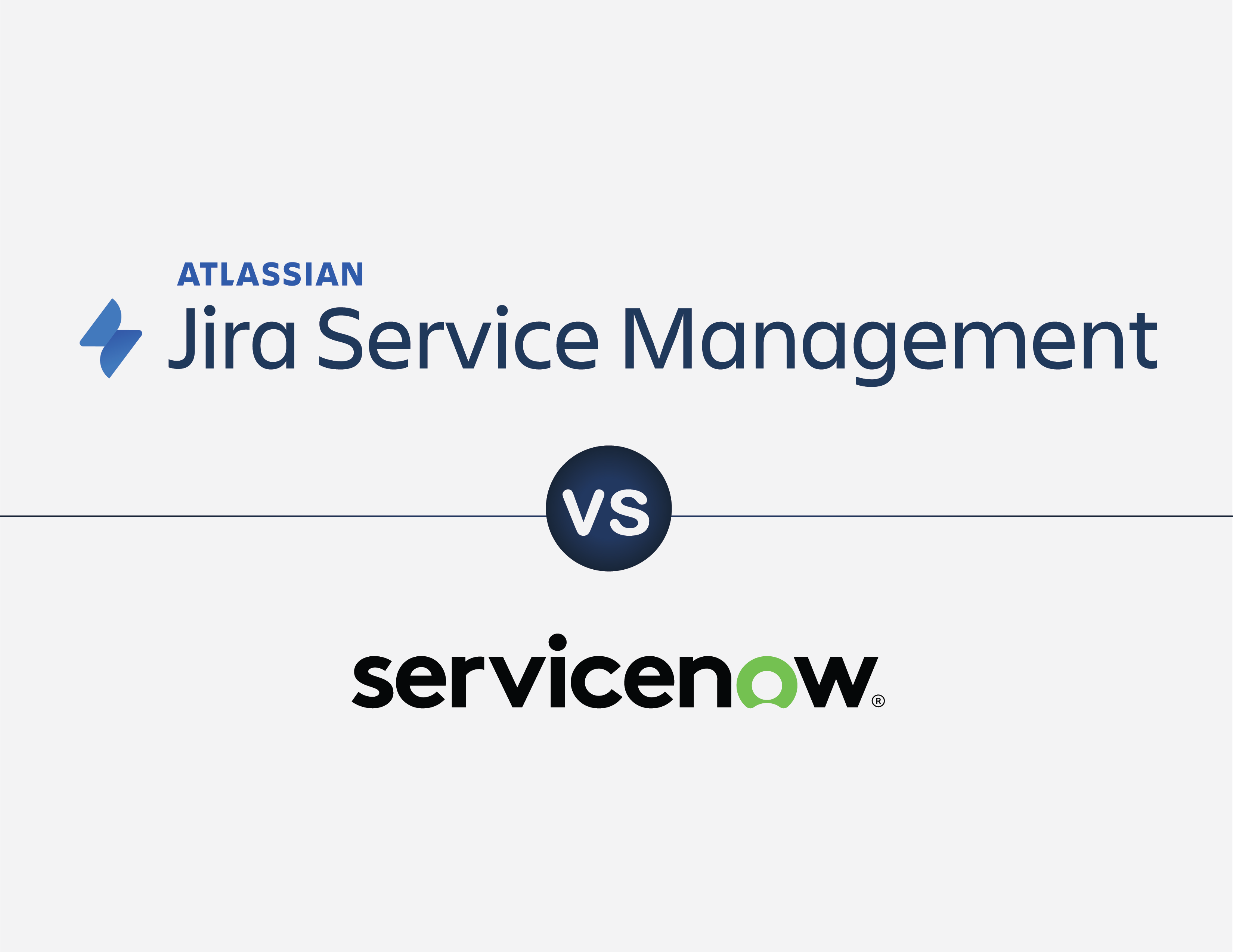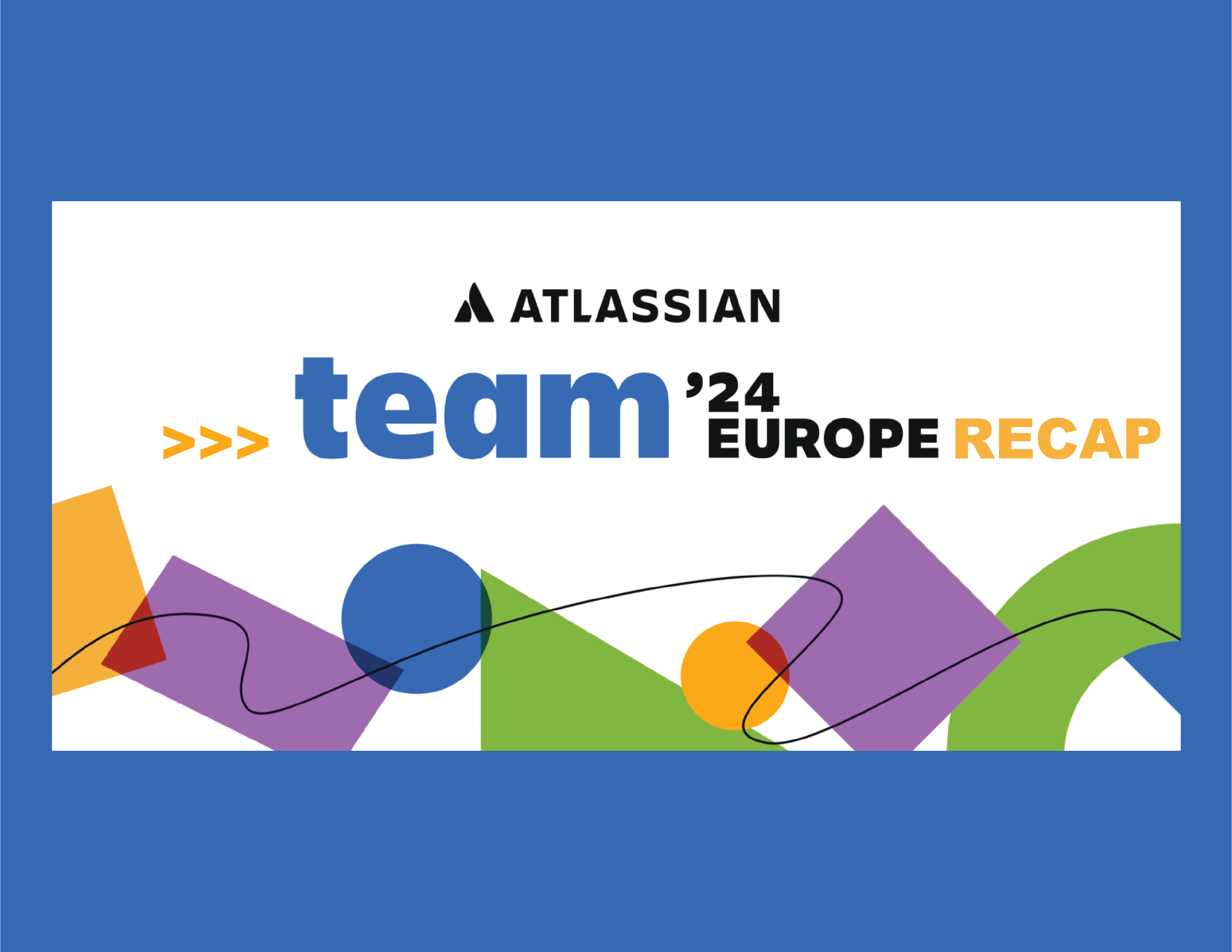HOW TO MAKE AGILE TEAM ROLES WORK FOR YOUR ORGANIZATION
Agile helps organizations refine workflows and deliver value to customers. Project management frameworks, such as Scrum and Kanban, help Agile teams prioritize work. Meanwhile, Agile team roles support the process to ensure everything runs as smoothly as possible.
In this blog post, we will identify key Agile roles and responsibilities, as established within Scrum guidelines. We’ll also provide insights on how to make them work for your organization.
Agile Roles & Responsibilities
The main Agile team roles are Product Owner, Scrum Master, and Contributor. Continue reading to learn more about these roles and the traits that make people qualified for them.
Product Owner
The Product Owner is responsible for creating, maintaining, and prioritizing the product backlog — a list of user stories or features that help provide a top-level view of all known tasks. Product Owners keep the needs of the customer in mind with the goal of maximizing value.
Successful Product Owners have:
- A deep understanding of customer needs and product requirements.
- Strong communication skills to help develop and convey product vision.
- An ability to make informed decisions based on customer needs and data.
The Product Owner also helps prioritize and delegate work across the team.
Scrum Master
The Scrum Master keeps the team on track and ensures they follow Agile principles and best practices to the best of their ability. This individual facilitates meetings, resolves bottlenecks, and coaches team members. The Scrum Master is accountable for the team’s effectiveness.
Successful Scrum Masters have:
- A solid understanding of Agile principles and practices, such as Scrum or Kanban.
- The leadership skills required to address conflicts and foster collaboration.
- Strong organizational and time management skills (for themselves and the team).
The Scrum Master also considers team feedback to deliver continuous improvement.
Contributor
Contributors, sometimes referred to as Developers, are the team members who work together to design, build, test, and deliver high-quality products or services. These individuals have the freedom to manage, organize, and maintain their work to achieve identified Sprint Goals.
Successful Contributors have:
- Skills and expertise in areas beneficial to the organization.
- A receptiveness for open communication and collaboration.
- A desire for continuous learning and improvement.
Contributors also participate in retrospectives to share feedback and celebrate success.
Additional Agile Team Roles
Different organizations may have additional Agile team roles that either help guide them in the right direction or ensure the needs of customers are being met.
Stakeholder
Stakeholders are individuals or groups who have an interest in a project’s outcome. They include customers, executives, or other teams within your organization. Depending on the organization, stakeholders may directly share observations, communicate preferences, and offer feedback.
Agile Team Coach
An Agile Team Coach is someone who helps organizations, teams, and individuals adopt Agile practices and methodologies. They can also help create and improve Agile processes. An Agile Coach may be someone within the organization or an outside consultant or partner.
How to Make Agile Roles Work for Your Organization
Every organization is different and not all Agile team roles are exactly the same. The ability to adapt roles to fit the needs of your team and customers are what make Agile so powerful. Here are some ways to help ensure your Scrum roles are a good match for your organization.
- Align roles with organizational goals. Agile team roles should align with your business goals and objectives. This ensures that every team member understands the value of their work and how it contributes to the success of the organization.
- Provide training and support. Some organizations are so quick to jump on the Agile bandwagon that they forget to provide proper training and support. Agile training will help your teams adapt to the Agile mindset and their individual roles within it.
- Foster a culture of collaboration. Agile organizations encourage a culture of collaboration, openness, and trust among team members. This helps break down silos and encourages teams to share new ideas and provide honest feedback.
- Adapt roles as needed. The best Agile organizations are receptive to feedback and strive for continuous improvement. Adjusting roles and responsibilities as your team evolves over time means that you’ll have the most effective and productive team possible.
- Measure success. Establish clear metrics to measure the success of your Agile team roles. Agile metrics include predictability, productivity, quality, and stability.
With the proper setup and adjustment over time, your Agile team will be performing at its best.
Different Solutions for Different Teams
Remember the success of an Agile team is an ongoing journey of learning, adapting, and improving. As you implement Agile roles in your organization, you should keep communication open and be receptive to feedback. Continue to adjust and refine your approach over time. This will help set up your Agile teams for success and also create a better work environment.
Recent posts
-
AtlassianOct 25, 2024
-
AtlassianOct 21, 2024
-
AIAug 13, 2024



